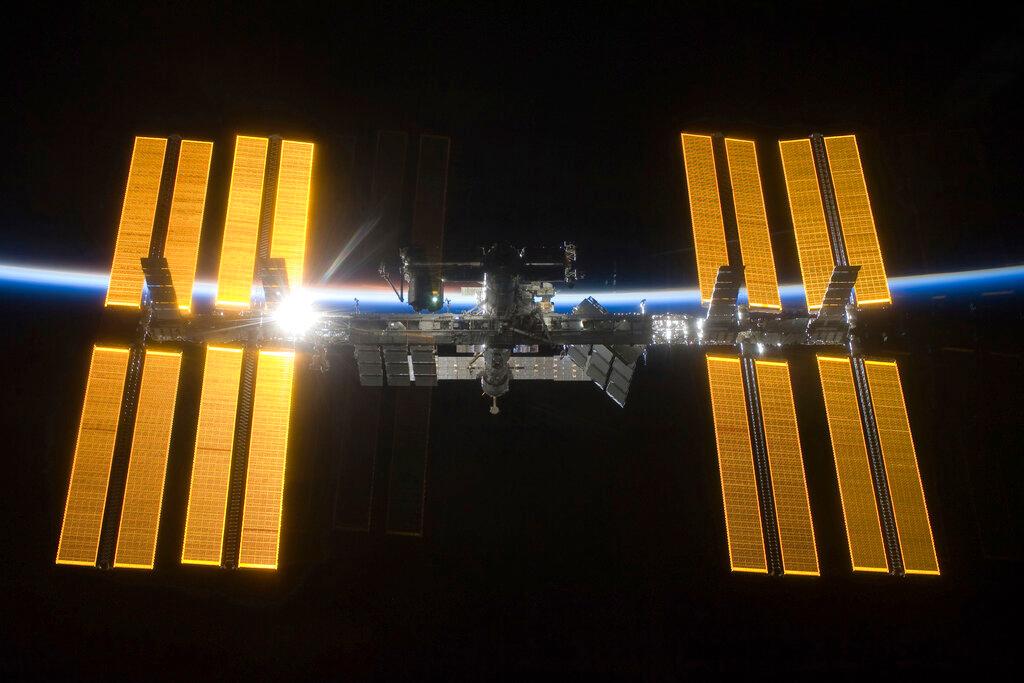NEW YORK—You’ve heard about the International Space Station for years. Want to visit?
NASA announced on June 7 that the orbiting outpost is now open for business to private citizens, with the first visit expected to be as early as next year.

NEW YORK—You’ve heard about the International Space Station for years. Want to visit?
NASA announced on June 7 that the orbiting outpost is now open for business to private citizens, with the first visit expected to be as early as next year.